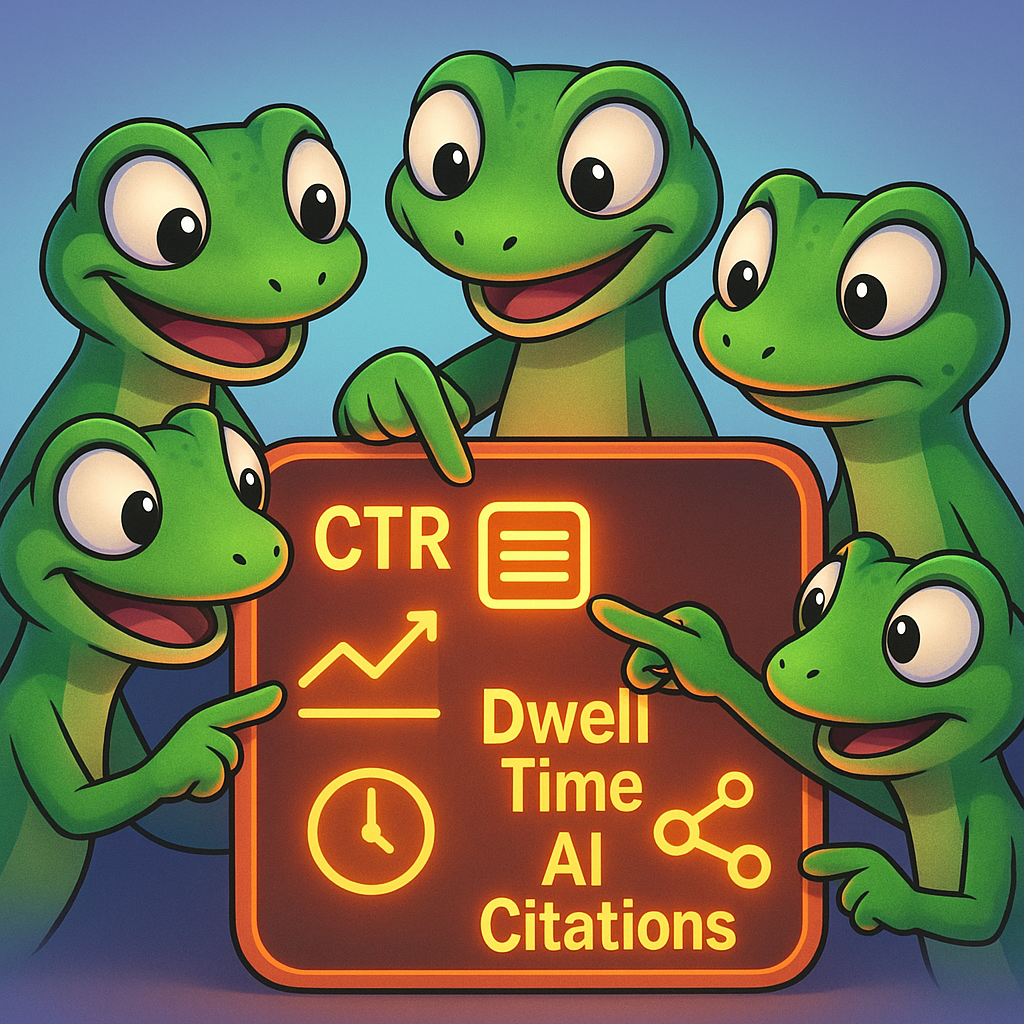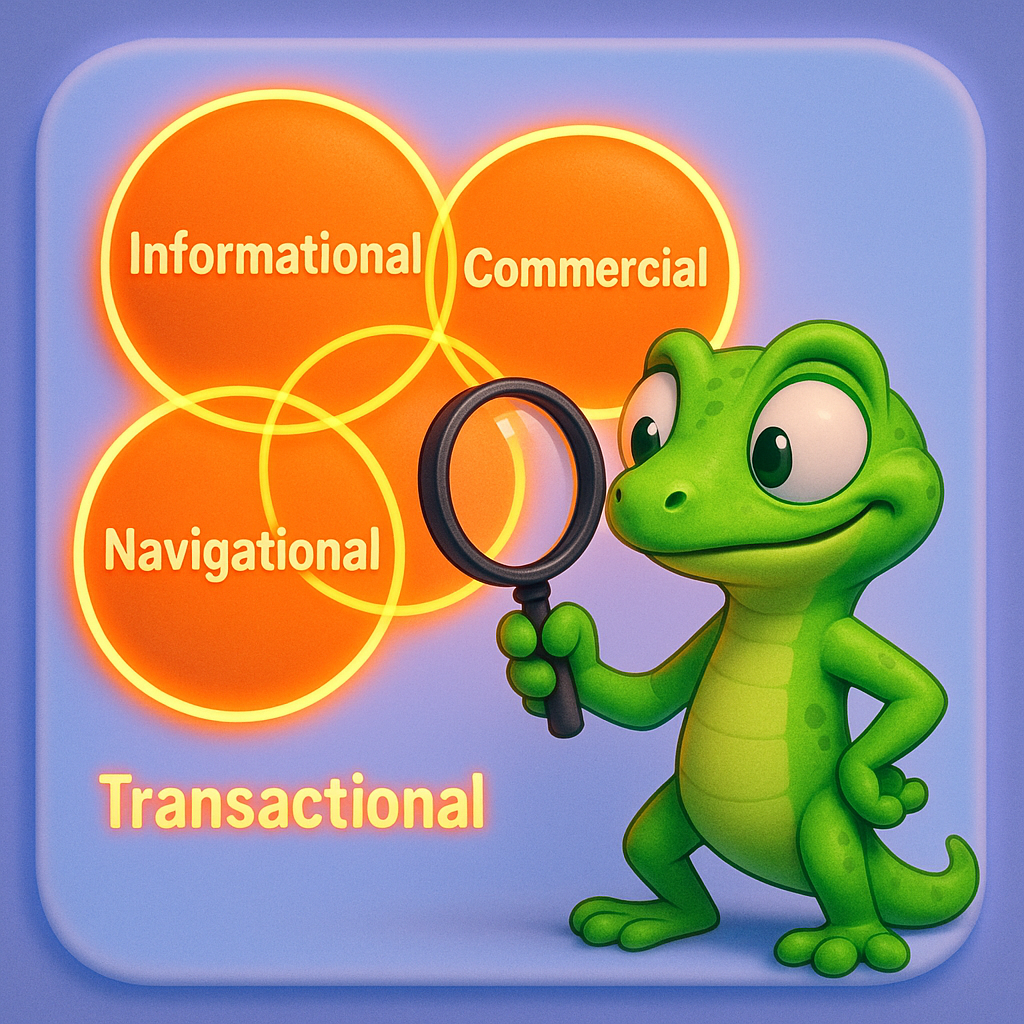Measuring User Intent in LLMO Search for Sharper SEO Strategies
In the evolving landscape of AI-powered search, understanding how users interact with Large Language Model Optimization (LLMO) is critical for marketing leaders and SEO specialists. The ability to accurately measure and analyze user intent within these sophisticated search environments directly impacts visibility, engagement, and conversion rates. This guide covers essential metrics, methods, and strategies for measuring user intent in LLMO search.
Understanding User Intent in LLMO Search
User intent in LLMO search refers to the primary goal behind a search query as interpreted through natural language processing and semantic understanding in AI-driven search engines. Unlike traditional search, LLMO search focuses on:
- Conversational intent patterns
- Multi-step reasoning processes
- Context-aware query interpretation
- Deeper semantic understanding
LLMO searches handle intent differently than traditional search engines, processing natural language queries to generate comprehensive, conversational answers rather than simply returning links. According to Harvard Business Review, 58% of consumers now use generative AI for recommendations, up from just 25% in 2023 - demonstrating the rapid shift in user behavior.
Key Intent Types in LLMO Search
While traditional intent categories still apply, LLMO adds nuanced dimensions:
- Informational - Seeking knowledge or answers (e.g., “How do language models work?”)
- Commercial - Researching products or services (e.g., “Best coffee machines under $200”)
- Navigational - Looking for specific websites or resources
- Transactional - Ready to complete an action or purchase
In LLMO contexts, these intents often overlap and evolve throughout the conversation, requiring more sophisticated measurement approaches. For example, what begins as an informational query might transition to commercial intent as the AI helps the user refine their understanding of a topic.
Essential Metrics for Measuring User Intent
Primary Performance Metrics
- Click-Through Rate (CTR) - Measures relevance of search results to perceived intent
- Dwell Time - Longer engagement signals content alignment with intent (6-minute average in LLM search vs. 2 minutes in traditional)
- Query Refinement Frequency - High rates suggest initial intent misalignment
- Bounce Rate - Elevated rates indicate content-intent mismatch
- Featured Snippet Capture - Reflects success in answering direct intent questions
LLMO-Specific Metrics
- AI Citations - Frequency of your content being cited in AI responses
- Conversational Engagement - Time spent in AI-mediated dialogues
- Intent Alignment Score - Measures how well content matches recognized intent patterns
- AI-Driven Referral Traffic - Visitors coming from LLM platforms like ChatGPT
These metrics must be tracked collectively rather than in isolation to build a comprehensive picture of intent alignment. For example, a strong AI citation rate combined with higher-than-average dwell time suggests your content successfully meets user intent across both AI and human consumption scenarios.

Methods for Measuring User Intent
Natural Language Understanding (NLU)
NLU technologies analyze query semantics and context to determine underlying intent. This approach examines:
- Semantic relationships between query terms
- Contextual patterns that indicate specific intent types
- Query structure and phrasing that suggests intent
For instance, the query “coffee machine features to consider” signals informational intent, while “where to buy Breville coffee machine” clearly indicates transactional intent. NLU systems can distinguish these nuances even when the core topic is identical.
Semantic Matching & Intent Clustering
Group semantically related keywords and queries by intent to identify patterns and optimize content accordingly. Using a free keyword clustering tool can significantly reduce manual effort in this process.
For example, one B2B SaaS company reduced keyword clustering time from 20 hours to just 1 hour using prompt engineering techniques, improving intent alignment by 40%. Their approach involved:

- Gathering all relevant keywords (over 5,000)
- Using the clustering tool to group by semantic similarity
- Applying intent labels based on pattern recognition
- Creating content strategies targeted to each intent cluster
Behavioral Data Analysis
Track on-site metrics to understand how users interact with content post-search:
- Time on page and scroll depth
- Conversion paths and micro-conversions
- Return visits and engagement patterns
These behavioral signals help validate whether your content actually satisfies the intent it was designed for. A disconnect between predicted intent and behavioral metrics indicates a need to reassess your content strategy.
Intent-Based Prompt Engineering
Structure prompts to extract maximum intent insights when working with LLMs. This technique helps:
- Classify ambiguous queries into intent categories
- Generate intent-aligned content variations
- Test content performance against specific intent patterns
For example, you might use prompts like “Categorize this query: ‘best CRM software for small business’ based on the following intent types: informational, commercial, navigational, or transactional.” The LLM’s response can then guide your content optimization strategy.
SEO Strategies for LLMO Intent Optimization
Intent-Based Content Clustering
Group semantically related keywords to prevent cannibalization and strengthen topical relevance. An e-commerce retailer implemented this approach and saw:
- 43% increase in organic traffic
- 27% growth in qualified leads
- Reduction in keyword cannibalization issues
Their methodology involved creating distinct content clusters for each major intent category, ensuring that similar queries with different intents were directed to appropriate content types rather than competing against each other.
Conversational Format Optimization
Structure content to be easily readable by AI systems:
- Implement schema markup for enhanced AI interpretation
- Create clear question-answer sections that align with common queries
- Use conversational language that matches natural user questions
As LLM search transforms information discovery, content needs to be structured for AI readability and human consumption simultaneously. This dual optimization approach ensures visibility across both traditional search and AI-powered platforms.
Mixed Intent Keyword Targeting
Optimize for queries that show multiple intent signals simultaneously:
- Informational-commercial queries (e.g., “best SEO tools for enterprise”)
- Informational-transactional combinations (e.g., “how to choose a CRM for small business”)
These hybrid intent queries offer unique opportunities to capture users at critical decision points in their journey. By addressing both the educational and action-oriented aspects of these queries, your content can guide users through the entire decision process.
Question-Based Content Architecture
Design content architecture around the questions users actually ask:
- Use natural language questions as H2/H3 headers
- Provide clear, direct answers immediately following questions
- Include related questions that commonly follow in the user journey
This approach aligns perfectly with how LLMs extract information to answer user queries. When an AI system encounters well-structured question-answer content, it’s more likely to cite your resource as an authoritative source.
Tools for Measuring User Intent in LLMO
Intent Analysis Platforms
Several platforms help measure and optimize for user intent in LLMO contexts:
- ContentGecko - AI-powered SEO content assistant that combines user expertise with aggregated SEO data and machine learning algorithms
- LLM Monitoring Tools - Platforms like LangWatch and Braintrust that offer intent analysis features
- Custom Prompt Frameworks - Tools that analyze user queries for intent signals
The right tools for monitoring LLMO performance can provide valuable insights into how users interact with your content through AI systems. These tools typically offer dashboards that track AI citations, intent alignment, and engagement metrics specific to LLM environments.
Integration with Traditional SEO Tools
Combine intent data from LLMO-specific tools with insights from traditional SEO platforms for a comprehensive view:
- Cross-reference intent patterns with ranking data
- Compare keyword performance across traditional and LLMO search
- Identify gaps between traditional and LLMO visibility
For example, you might discover that certain content performs exceptionally well in traditional search but is rarely cited by AI systems, indicating an opportunity to optimize for LLMO without sacrificing existing performance.
Case Studies: Successful Intent Measurement
B2B SaaS Company
A B2B SaaS provider implemented intent-based clustering and saw:
- Reduction in keyword clustering time (20 hours → 1 hour)
- 40% improvement in intent alignment
- Significant boost in featured snippet capture
Their approach involved using large language model optimization techniques to categorize thousands of keywords by intent, then restructuring their content to directly address the questions and needs behind each intent category.
Financial Services Provider
By implementing schema integration and conversational content, this company achieved:
- 25% increase in featured snippet capture
- Higher visibility in AI-generated responses
- Improved alignment with user intent signals
The financial services provider revamped their educational content to follow a strict question-answer format, with each section addressing a specific user question identified through intent analysis. This structure made it easier for both traditional search engines and LLMs to extract relevant information, significantly improving visibility across both channels.
Balancing Traditional SEO and LLMO Techniques
As search evolves, comparing traditional SEO vs LLMO techniques becomes essential for developing a comprehensive strategy. The most successful approaches:
- Use layered content strategies with traditional SEO foundations enhanced by LLMO elements
- Implement dual optimization workflows that address both technical SEO and semantic/intent-based needs
- Update high-performing content for AI readability while preserving traditional SEO value
- Monitor metrics across both paradigms to ensure comprehensive visibility
One e-commerce director described their approach: “We maintain our technical SEO foundation but layer in conversational elements, question-based structures, and schema markup to ensure our content performs well in both traditional search and AI-generated responses.”
Measuring ROI of Intent Optimization
To quantify the value of intent optimization in LLMO search, track:
- Traffic growth from AI platforms and traditional search
- Conversion rate improvements for intent-optimized content
- Resource efficiency gained through intent-based workflows
- Featured snippet and AI citation capture rates
Using an SEO ROI calculator can help quantify these improvements in financial terms. The ROI of LLM optimization can be substantial, with some organizations reporting 3-15% sales growth via AI-driven personalization and significant reductions in content production costs.
For example, a retail brand that implemented intent-based content optimization saw a 3.2x return on investment within six months, primarily through increased conversion rates from better-aligned content and reduced content production costs through more efficient keyword targeting.
TL;DR
Measuring user intent in LLMO search requires new metrics and methodologies that go beyond traditional SEO approaches. Key elements include tracking AI citations, implementing intent-based clustering, optimizing for conversational formats, and balancing traditional SEO fundamentals with AI-specific strategies. Organizations that successfully measure and align with user intent in LLMO search environments can achieve significant improvements in visibility, engagement, and conversion rates across both traditional and AI-driven search platforms.
By implementing these strategies and continuously refining your approach based on performance data, you can create content that resonates with both human users and AI systems, ensuring long-term visibility in the evolving search landscape.
